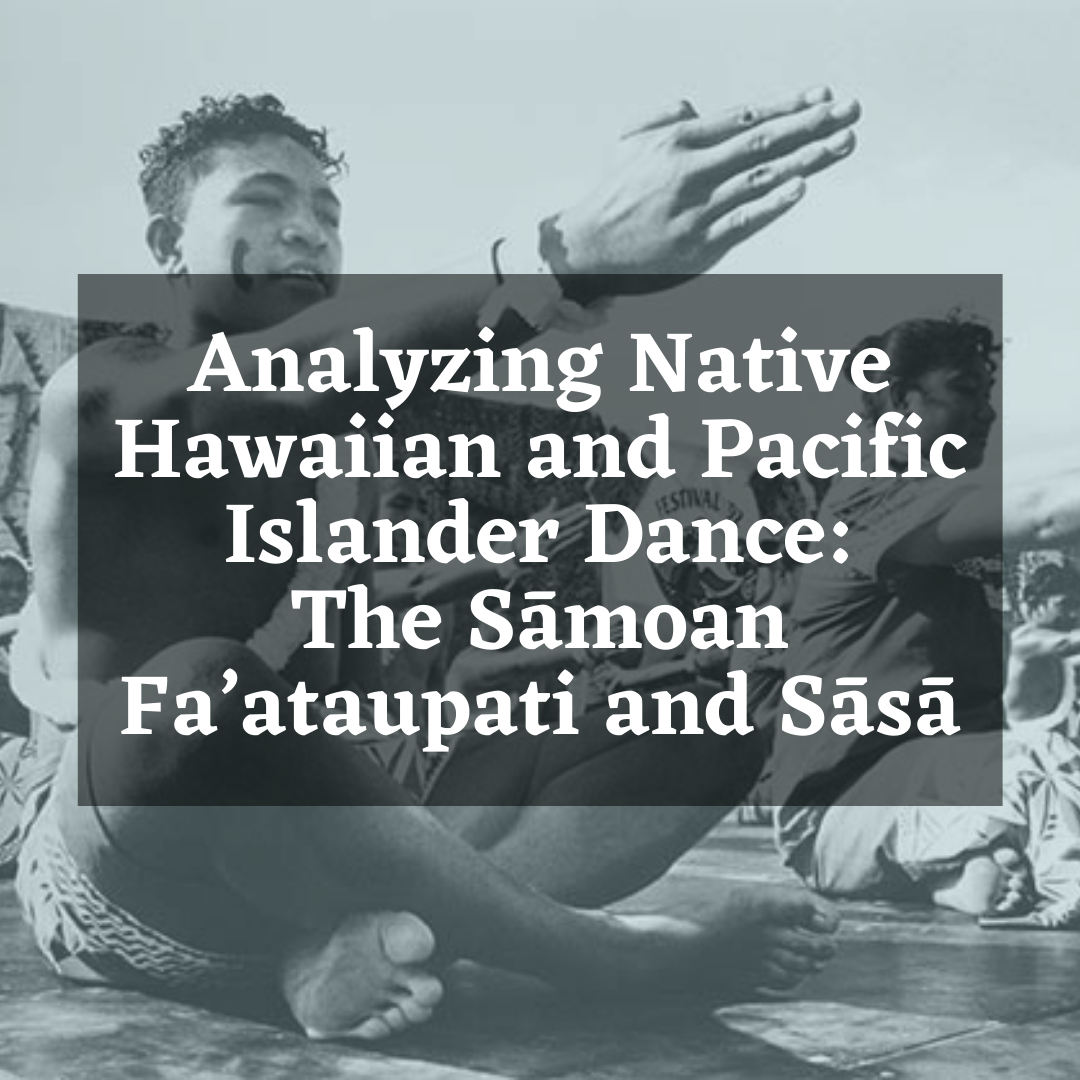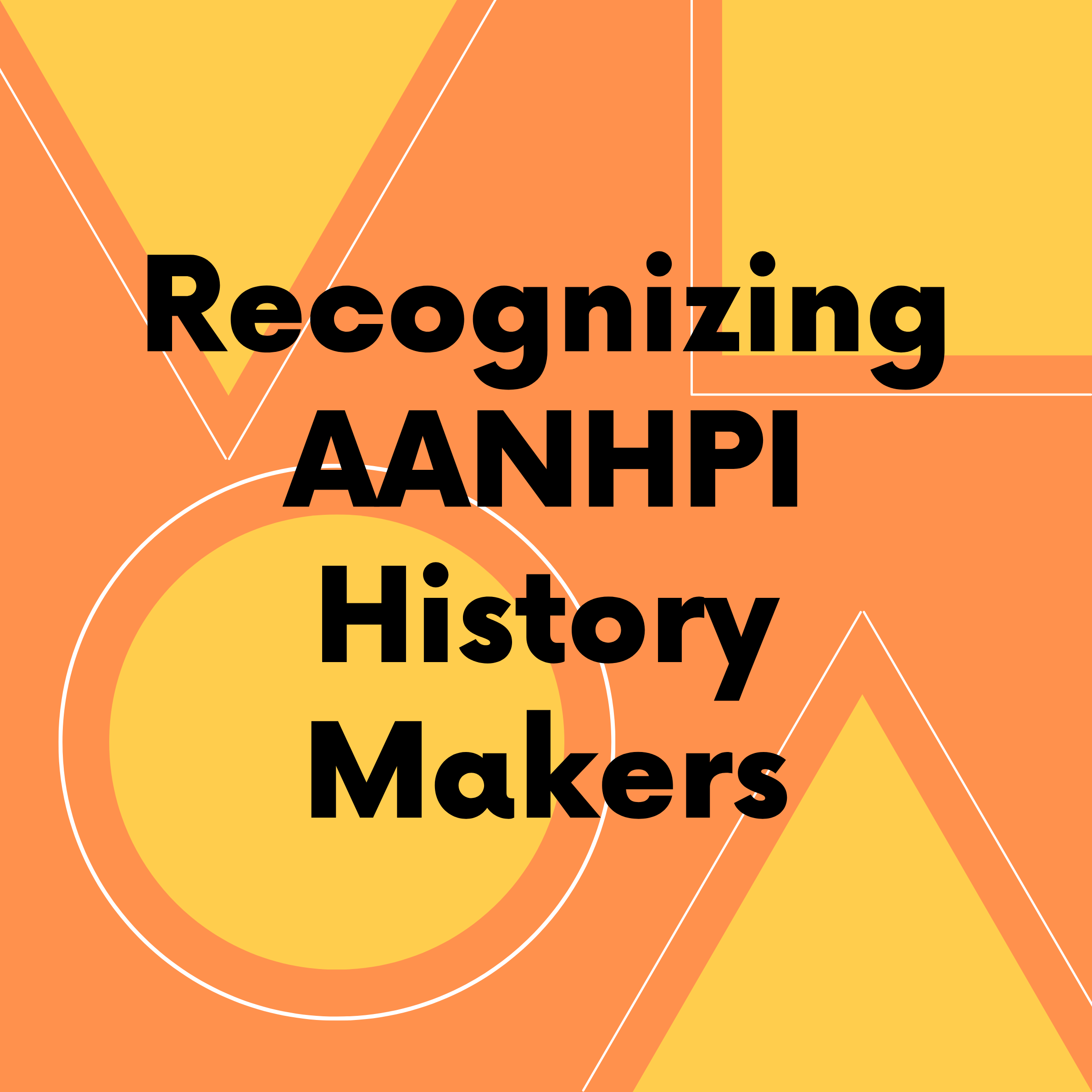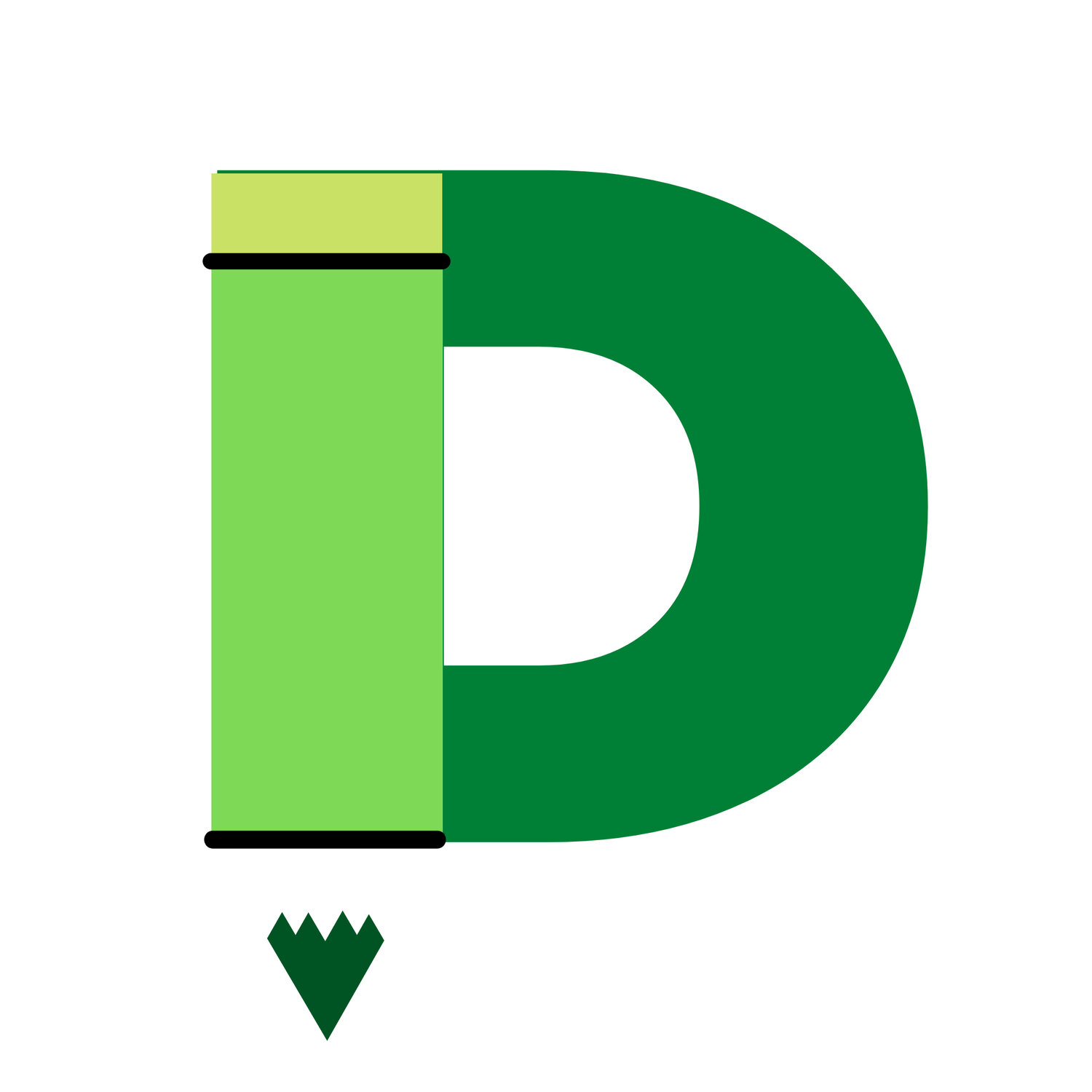Lesson Plans
We want the process of incorporating BIPOC voices and building an anti-racist classroom to be as accessible to educators as possible. That’s why our lesson plans are aligned with national education standards, designed to be flexibly integrated into your existing class curriculum, and include a variety of activities (including interactive slides that can be shared with your students). Whether you use these as stand-alone lessons or adopt a whole lesson plan series, we hope these resources will help you build an empowering community alongside your students. Check back often, we are always releasing new lesson plans!
Grade Level Standards Met






Geography, the Compass, and Navigation
This lesson will expose students to geography and mapmaking, the compass and magnetism, and navigation. Students will explore how maps can be useful for making sense of the world by exploring the development of languages in southern India and their influence on each other due to geographic proximity.

Analyzing Native Hawaiian and Pacific Islander Dance: The Sāmoan Fa’ataupati and Sāsā
The fa’ataupati (fa-ah-tau-pah-tee) and the sāsā are two forms of dance from the Polynesian islands of Sāmoa. While these dances have transformed into energetic and passionate performances showcased around the world, their significance in reflecting the Sāmoan culture and community still sits at their foundations. In this lesson plan, students will analyze various print and digital resources about the fa’ataupati and the sāsā to learn about the elements of the dances and to complete a note-taking graphic organizer.

Studying Pacific-Centered World Maps and Pacific Islander Navigation
World maps are posted on the walls in classrooms everywhere, but the orientation of maps are usually seen in a format where the Pacific Ocean and the Pacific islands are split to the ends of the map. Tupaia (too-pah-ee-ah), a high priest and navigator from the French Polynesian island of Ra'iātea (rye-eh-ah-teh-ah) defied this norm when he created a famous map centralized on the South Pacific as he sailed with Captain James Cook on the Endeavour. In this lesson, students will discuss their thinking about world maps that are centered on the Pacific Ocean, learn about Tupaia and his map, and create their own map of a place that is important to them.

The Most Beautiful Thing
This lesson plan is based on the book, The Most Beautiful Thing, which portrays the culture and history of the Hmong people. Weaving together a young girl named Kalia’s story with that of her beloved grandmother, the book moves from the jungles of Laos to the family’s early years in the United States. Included are several tools that you can use to introduce your students to the book, including instructions for when to use them. Each activity is designed to be flexible in terms of timeline and length.

Recognizing AANHPI History Makers
In this lesson, students will participate in a “Wax Museum” type activity to learn about significant AANHPI figures and their contributions to American society. Students will develop research skills, engage in discussions, and answer questions about a figure that they have researched. This allows students to learn about various prominent figures who belong to different communities through an interactive role-playing and research activity.

The Story of Zero
In this lesson plan, students will learn how the concept of zero came to be, in particular thinking about its origins in India. Through games, videos, lectures, and worksheets, students will utilize this knowledge to make conclusions about the importance of honoring diverse mathematicians while putting zero into practice in mathematical operations.

Let's Learn About AANHPI Calendars!
This hands-on, interdisciplinary lesson plan guides students through an exploration of calendars from around the world, including the Gregorian, the Chinese calendar, the Vikram Samvat, and the Saka Samvat and Hijri calendars. Following the provided interactive slides, students will learn about the geography, astronomy, math, and culture of each of these calendars and gain an appreciation of calendars used by AANHPI communities around the world.
Ideas for future lesson plans or topics? Want to share your knowledge and collaborate with Diversify Our Narrative?

